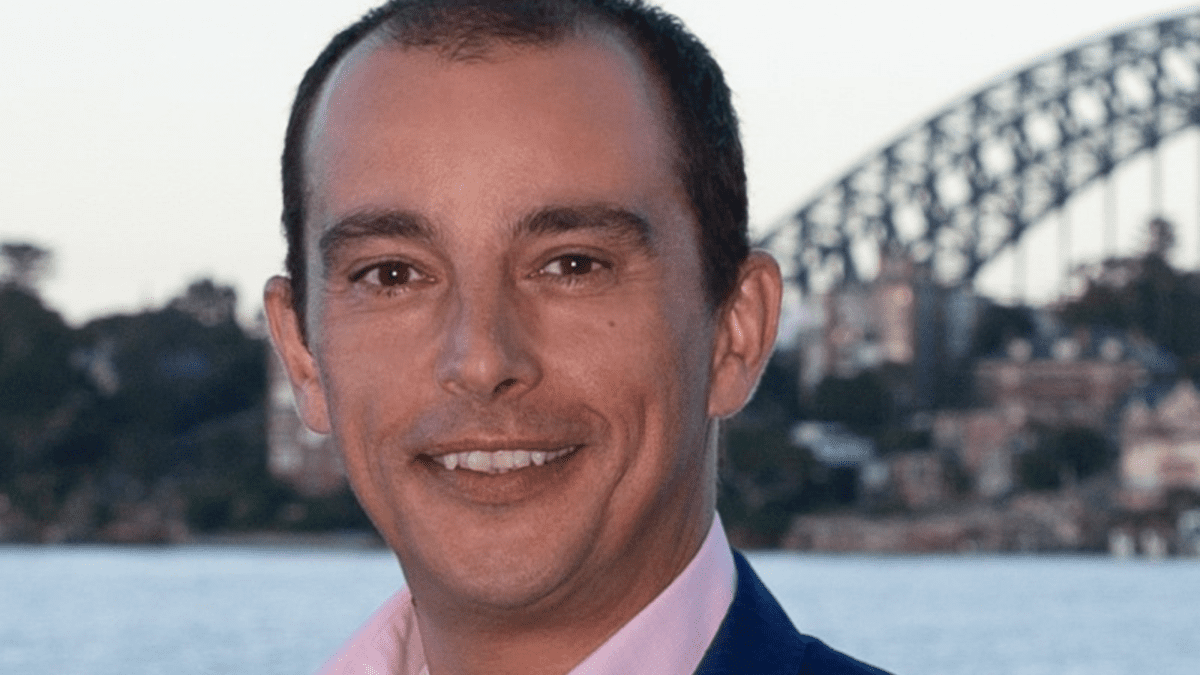The rich get rich, but will they spend?
Last week Capgemini released the 25th anniversary edition of its 2021 World Wealth Report (WWR). The wealth study is considered the oldest and most-referenced wealth study that looks at global wealth in the last year and high-net-worth individual (HNWI) trends and influences from the last quarter-century.
A high-net-worth individual (HNWI) is somebody with around US$1 million ($1.3 million) in liquid financial assets. Ultra-high-net-worth individuals (UHNWI) are defined as having a net worth of at least US$30 million ($40 million) in constant 2018 dollars. If there was one observation during the pandemic it would be – the rich got richer.

According to a new analysis by the Program on Inequality at the left-leaning Institute for Policy Studies, “The world’s 2,365 billionaires enjoyed a US$4 trillion boost to their wealth during the first year of the pandemic, increasing their fortunes by 54 per cent. Amazon’s founder Jeff Bezos, the world’s wealthiest person, saw his fortune soar to US$178 billion from US$113 billion, or 57 per cent, according to Forbes. The stock market hit reached record highs on expectations that the economy will experience a strong rebound in 2021.”
And findings from the 2021 World Wealth Report seem to say the same thing. “Despite the pandemic, investor bullishness boosted financial markets, global HNWI population and wealth growth.” During this time, North America overtook Asia-Pacific in HNWI population and wealth. The ultra-HNWI segment was supported by a buoyant equity market to lead overall HNWI population and wealth growth at 9.6 per cent and 9.1 per cent.
The United States leads the HNWI wealth growth with a 12.3 per cent increase in 2020 primarily benefiting from Joe Biden’s U$2 trillion stimulus package and the Fed’s QE easing. The report also said “roaring tech stocks were a key 2019 wealth driver and grew even more steeply in 2020. Apple, Amazon, and Microsoft accounted for more than 53% of the S&P500 total returns in 2020.”
Asia-Pacific markets staged a remarkable recovery, with the HNWI wealth growth rate coming in at 8.4%. China rose 13.5%, Taiwan 9%, Hong Kong 12.1% and South Korea 9.2%. Taiwan was the highlight, its economy witnessed impressive growth of 3.1% in 2020 due to strong semi-conductor demand. Japan, Philippines and Singapore recorded below average growth while Indonesia fell by 4%.
Europe’s HNWI wealth growth came in at 4.5%, with Germany reporting 4.7% and France 1.7%. The pandemic affected Latin America the most, resulting in a 4% HNWI population dip and 0.5% HNWI wealth rise.

With governments and central bankers relying on a return on to normal spending post the pandemic, the decisions made by the wealthy, and whether they choose to consume or retain savings, may well be key to the sustainability of this economic recovery.









